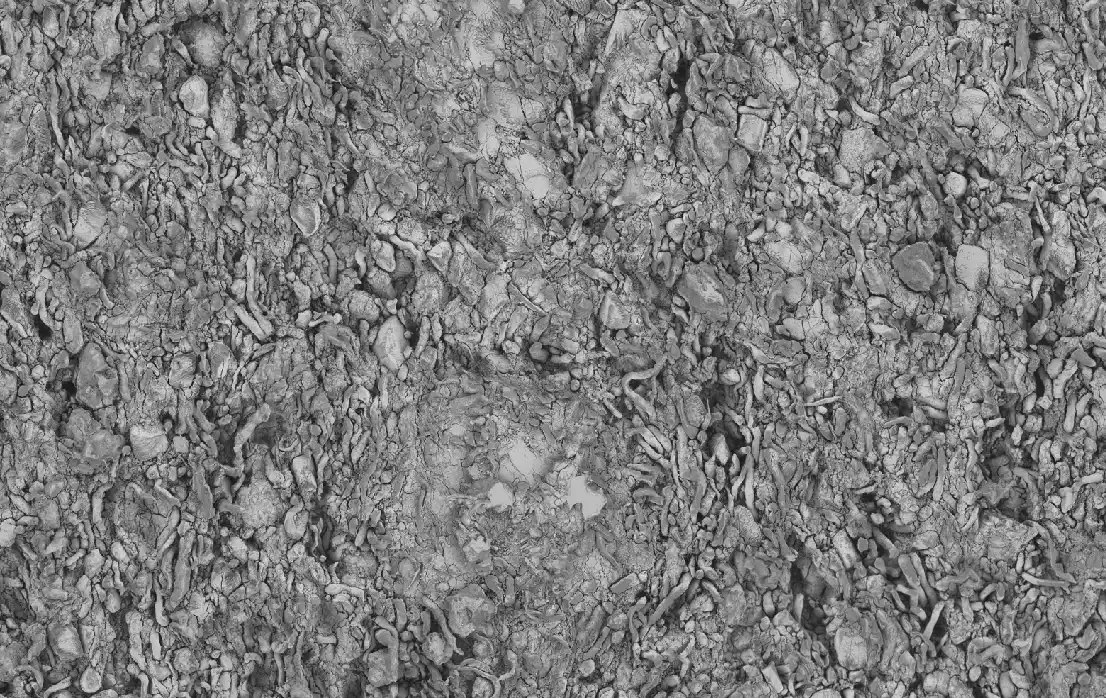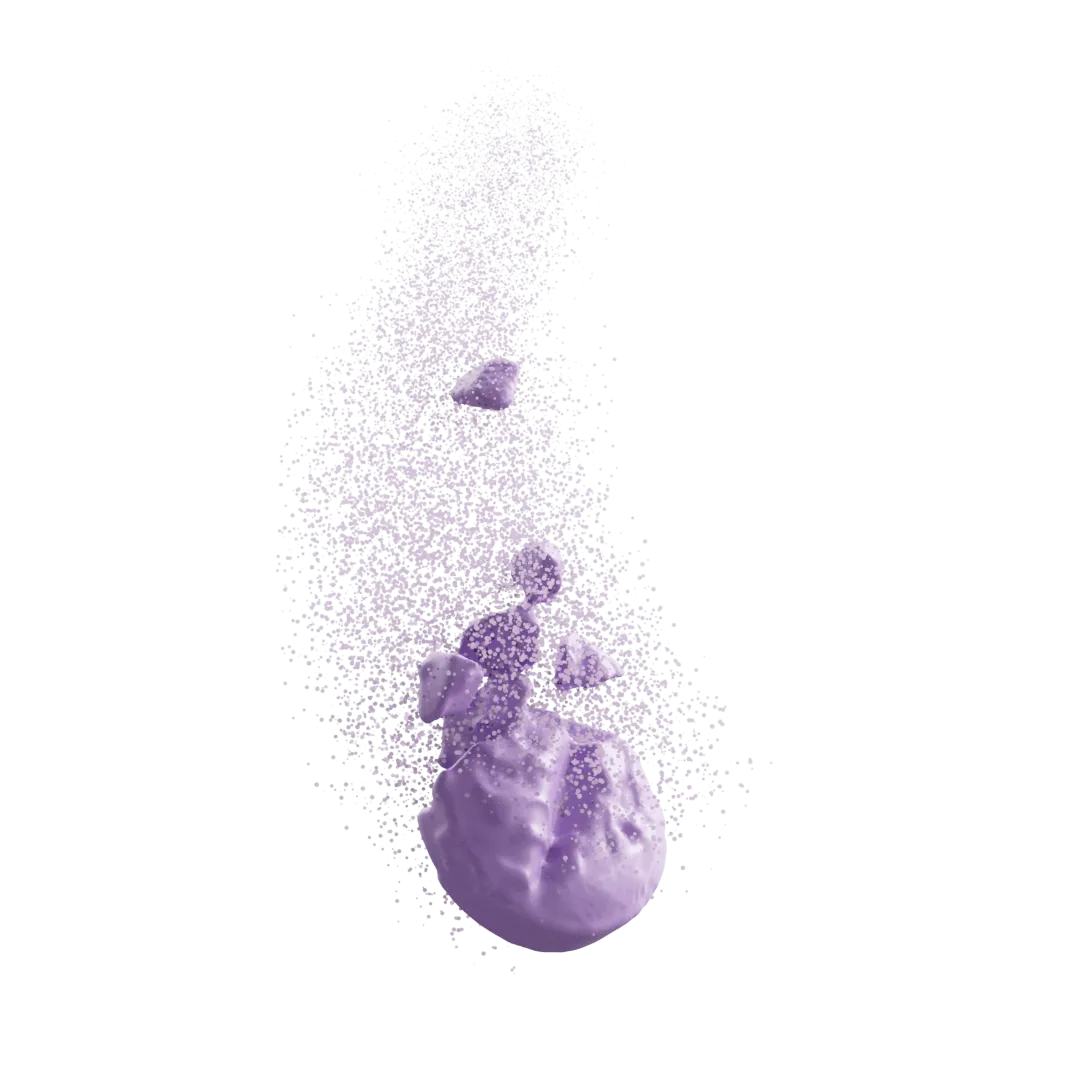HPMC Pore Former for an Oral Extended Release Formulation

Characterization of transport mechanisms for controlled release polymer membranes using focused ion beam scanning electron microscopy image-based modelling
Mass transport mechanisms of drug release inside a pellet formulation through polymer membrane were investigated with focused ion beam scanning electron microscopy (FIB-SEM). Through careful control of imaging conditions, sub-surface cross sectional images were acquired on two controlled release membrane samples. Image analysis of porosity, pore size distribution, and pore connectivity in 3D provided a matrix of parameters to quantitatively compare samples from different formulations and processing conditions. Image-based computational fluid dynamics simulations were employed to correlate membrane microporosity with flow permeability. Through high resolution FIB-SEM characterization, quantitative microporosity analysis, and mechanistic investigations of flow via image-based simulations, it was found that a 10% difference in the water content of the mixed aqueous-organic solvent used to dissolve polymers had a significant impact on the controlled release performance. This approach provides an analytical avenue to evaluate effects of permeation enhancers, solvents, and other process conditions on controlled release formulations.

Shawn Zhang, Gerard Byrne
Published with Merck
https://doi.org/10.1016/j.jddst.2020.102136
Additional Publications
Transform Your Program with Microstructure Science
Get started with a drug product digital twin.















